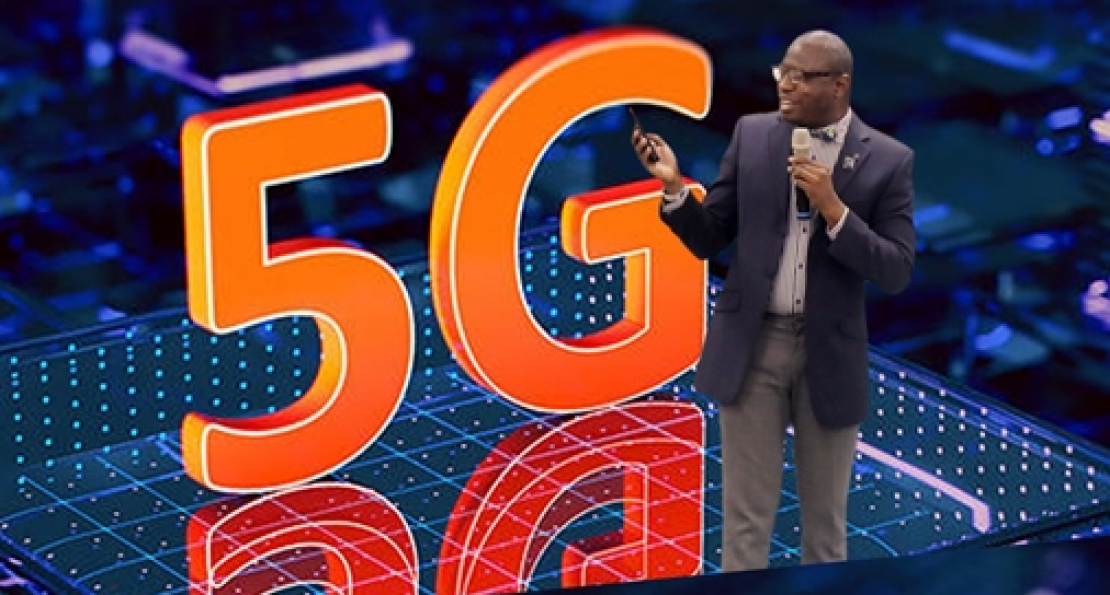When we think about 5G in Nigeria, what readily comes to mind are the user-centric applications such as mobile connectivity or Internet. But in fact, 5G can promise a lot more beyond legacy applications.
5G is not about technology; it is about infrastructure. Nigeria will need to launch a significant upgrade in infrastructure to accommodate the dividends of 5G, because 5G is about driverless cars, robots, Internet of Things (IoT), remote surgeries, Metropolitan Internet of Things (IoT) - (smart cities), and car to car communication without traffic lights.
5G will use higher frequency bands from 24GHz to 300GHz. However, 5G will also use frequencies under 6GHz or sub 6GHz, from 600MHz to 6GHz; the existing 4G LTE currently uses that.
In Nigeria currently, we can only enjoy the benefits of 5G for the sub 6GHz for fast Internet, high definition film download, and reduced delay when requesting data from the network. Remember, you will need new 5 G-enabled phones, tablets, or hotspots to connect to the new 5G network.
5G will be the first cellular network technology to transform our lives. The 5G technology will transform businesses, from smart tractors in agriculture to smart robots in manufacturing.
Some of the exciting applications it will enable are:
- autonomous vehicles.
- industrial Internet of things (IIoT).
- metropolitan Internet of things (IoT) - (Smart Cities).
- home Internet of things (IoT).
- Internet of everything (IoE).
- virtual & augmented Reality.
Internet of Things (IoT) is the 5G industrial revolution that ensures that all the electronic devices can connect to the Internet, where devices can be sensor/actuators that enable machine-to-machine connectivity targeting real-life applications such as 5G IoT for manufacturing, among other things.
The telecommunication network is evolving. The evolution of the technologies started way back in the 1980’s, with the introduction of 1G--first generation mobile telecommunication--an analog technology network, which was originally designed to carry voice, just human voice. But it also had inherent challenges, such as security, roaming and so on.
In light of these challenges, in 1991, in Finland, 1G was replaced by 2G – Second Generation Digital Mobile Telecommunication. 2G was for digital voice call plus messaging. It was very secure, but did not support data/Internet or email. The voice calls were digitally encrypted. For better Internet connection via mobile phones/devices, 3G technology (Third Generation) was launched in 2003. It was designed for multimedia (video, data, music) communication with better Internet experience and enabling seamless global roaming. Again for faster broadband Internet, 4G – Fourth Generation or Long Term Evolution was launched and offers download speeds three times faster than 3G. The 4G is an Internet protocol phone.
The next future generation of telecommunication is 5G and is based on the Internet of Things (IoT), where devices and sensors become active nodes and agents on the web that allow these to access the Internet to perform remote management functionalities.
5G is a gigaband or high bandwidth, high density, less latency technology, more reliable service, real-time capabilities; it holds enormous potential for our society. You can download a high-definition film in under a second, ten times faster than the existing 4G LTE network. It will take you only 10 minutes to download the same film and connect more than 100 times the devices at the same time.
You can now use a network to make a mobile phone call and browse, thanks to the invisible electromagnetic radiations that allow your mobile phone to emit or receive. There was no issue whereby electromagnetic radiation was primarily used for voice and browsing the Internet. However, the new 5G technologies such as driverless car, robot, and IoT require a constant high-speed connection, while the present electromagnetic radiations band is becoming increasingly congested.
Dr. Abubakar Sadiq Hussaini is AUN's Associate Professor of Telecommunication Engineering and Founding Chairman, AUN School of Engineering (SoE


